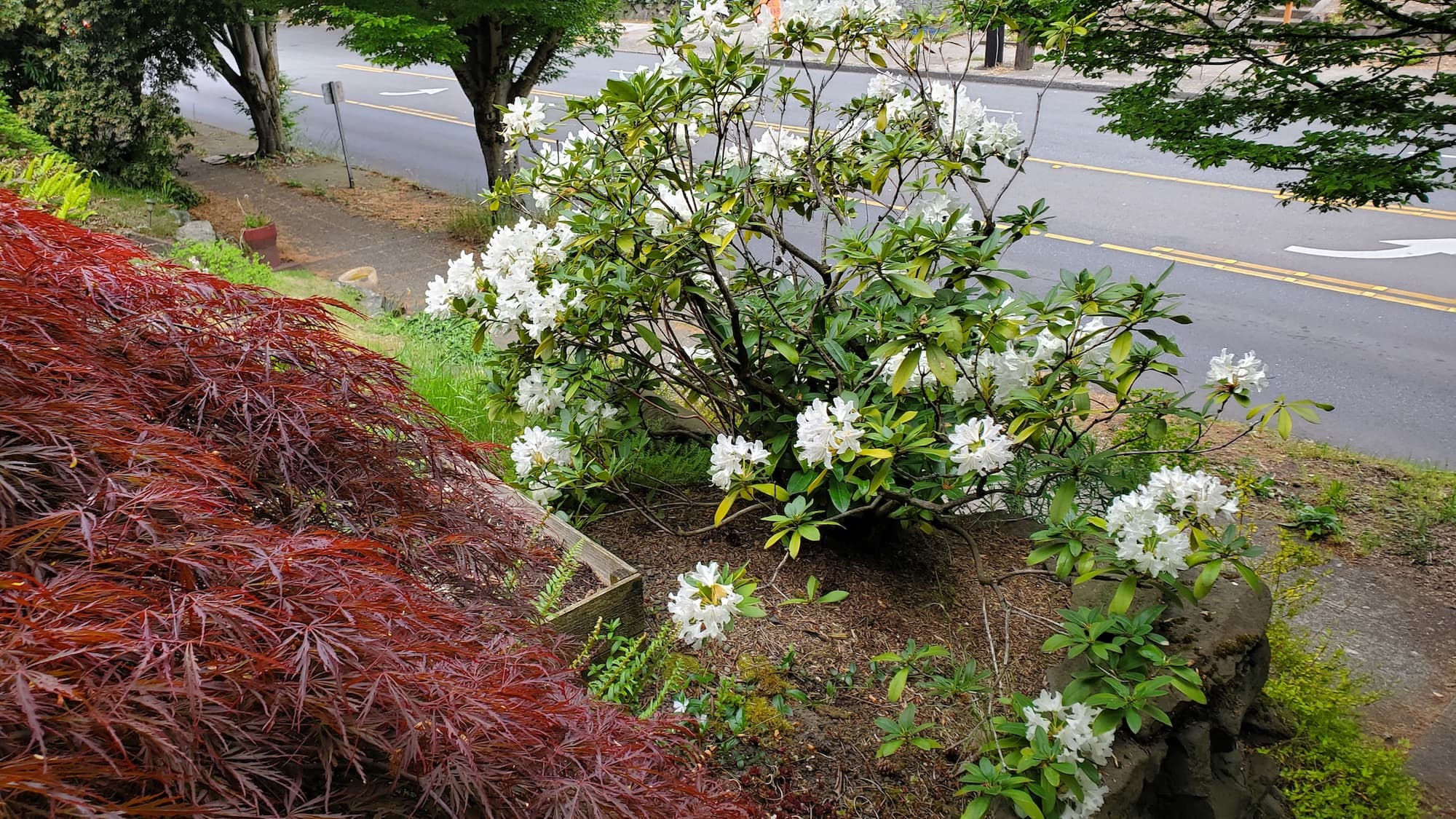Brush Clover Removal Service
Homeowner’s Issue
Brush yards face a Pacific Northwest mix of steady rain, cool summers, and soils that range from loamy patches to compacted, clay‑heavy spots. That combination encourages low-growing, moisture‑tolerant plants like clover, moss, and broadleaf weeds, especially in shady corners, north‑facing slopes, and compacted driveways. Heavy canopy from maples or cedars can reduce sun exposure, creating thin grass and giving clover room to spread. Poor drainage on slopes or near downspouts makes pockets of persistent growth, and HOA curb‑appeal rules often push homeowners to keep lawns tidy without harsh chemicals.
In Brush, residents also contend with seasonal seed and root competition from neighboring green spaces such as Discovery Park and nearby Magnolia slopes, which can increase weed pressure. The most common problems are thin turf, recurring clover in moist low spots, and sidewalks edged in stubborn patches that hand‑pulling alone doesn’t fix. A sustainable, mechanical and cultural approach—rather than chemical—works best to restore and maintain an attractive, low‑maintenance lawn that complies with local aesthetics and HOA expectations.
Our Quality Service
We remove clover using hand‑removal, mechanical dethatching where needed, organic soil amendments, and targeted reseeding with shade‑tolerant mixes. Work includes improving drainage on slopes and compacted areas and advising on plant choices to reduce future weed pressure. Benefits include safer outdoor spaces for kids and pets, improved curb appeal, and a durable, low‑maintenance lawn tailored to Brush microclimates.
What’s Included
- Site assessment of soil, sun, and drainage.
- Manual clover removal and light dethatching.
- Soil aeration and organic amendments.
- Overseeding with region‑appropriate seed.
- Final cleanup and composting option.
Options/upgrades:
- Mulch + landscape fabric for beds.
- Organic weed control treatments (no herbicides).
- Haul‑away green waste vs. curbside green bin drop‑off.
- Gravel or drainage swales for persistent wet spots.
Before & After / Expectations
Expect some noise and debris during work—airing, raking, and hauling are part of the process. Access to the yard and clear pathways help speed the job. After service, water newly seeded areas lightly and monitor shaded pockets for moss; occasional spot‑weeding and a spring aeration will keep clover from returning.
FAQs
- How long will it take? Most standard yards are done in a few hours; larger or sloped sites may take a full day.
- Will you use herbicides? No — we use only mechanical, organic and cultural methods for Brush homes.
- Do you handle steep slopes? Yes; we advise erosion‑safe options like terraces, gravel, or groundcovers.
- Can you work with HOA rules? Absolutely — we tailor work to common HOA guidelines for curb appeal.
Call to Action
Brush homeowners: book a free estimate for sustainable clover removal and long‑term lawn health. Fast scheduling, practical local solutions, and reliable results from a crew that knows Brush microclimates. Email neatandtidyseattle@gmail.com to get started.










